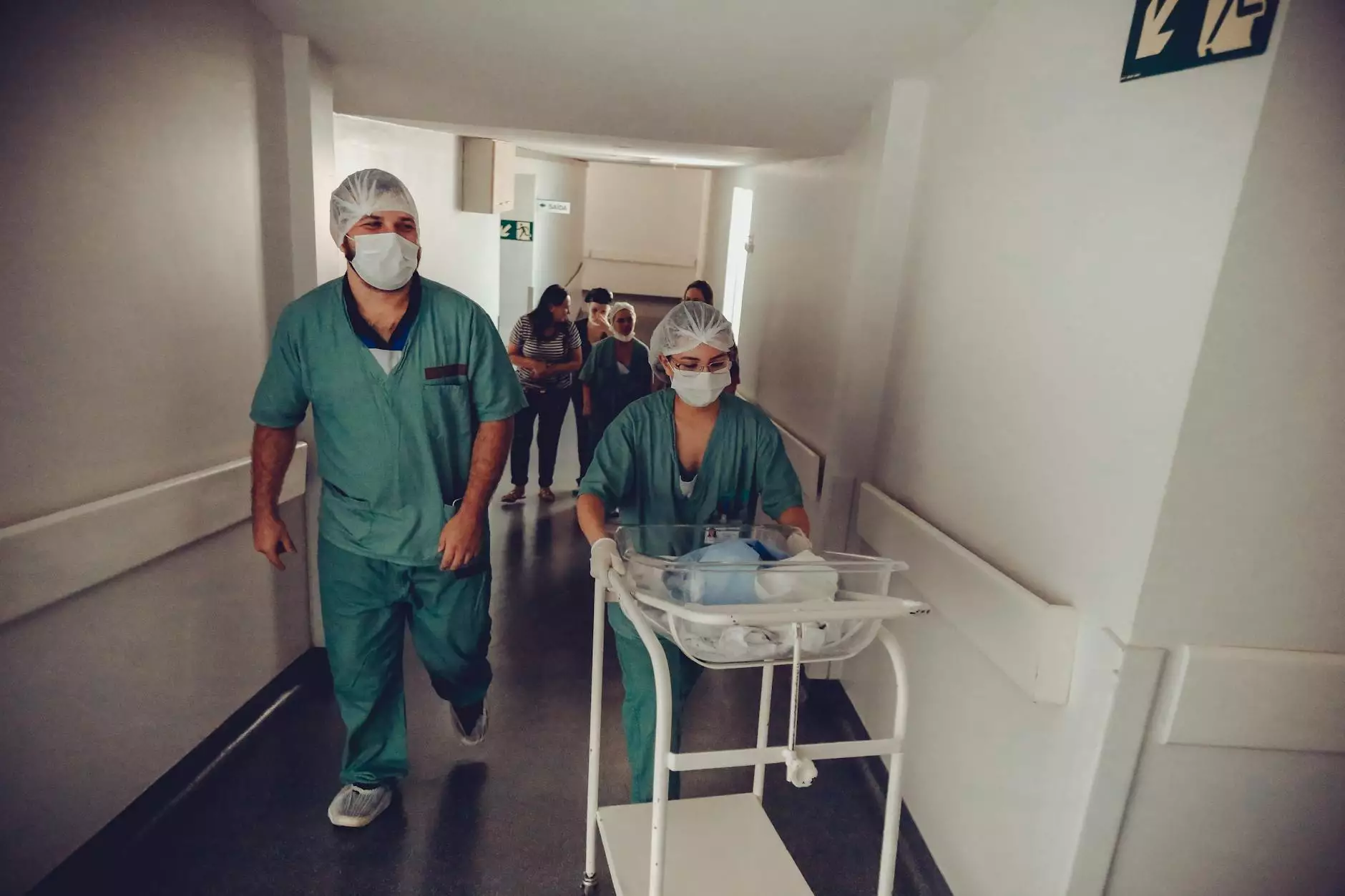DCH Urology Offers iTind Procedure for Novel BPH - Naab Road Surgical Center
Services
The Advanced iTind Procedure for Novel Benign Prostatic Hyperplasia (BPH)
Welcome to Naab Road Surgical Center, a trusted name in urological care. As a leading healthcare facility, we are proud to offer the advanced iTind procedure for the treatment of novel Benign Prostatic Hyperplasia (BPH).
What is BPH?
Benign Prostatic Hyperplasia, commonly referred to as BPH, is a noncancerous enlargement of the prostate gland. It affects a significant number of men, especially those over the age of 50. BPH can cause bothersome urinary symptoms such as frequent urination, weak urine flow, difficulty starting and stopping urination, and the frequent urge to urinate during the night.
Introducing the iTind Procedure for BPH Treatment
The iTind procedure is a groundbreaking, minimally invasive treatment option for individuals suffering from BPH. It offers a safe and effective alternative to traditional surgical interventions. This innovative procedure involves the use of temporary implants, placed through a minimally invasive procedure, to reshape and relieve the pressure caused by an enlarged prostate.
Key Benefits of the iTind Procedure
1. Effective Relief: The iTind procedure provides effective relief from the bothersome urinary symptoms associated with BPH. It helps improve urine flow, reduces the urgency and frequency of urination, and enhances overall quality of life.
2. Minimally Invasive: Unlike traditional surgical treatments for BPH, the iTind procedure is minimally invasive. It does not require any incisions or removal of prostate tissue, resulting in quicker recovery times and minimal side effects.
3. Long-Lasting Results: The beneficial effects of the iTind procedure can last for several years, providing sustained relief from BPH symptoms. This reduces the need for additional treatment or medication, enhancing long-term patient outcomes.
The Procedure Process
The iTind procedure is performed on an outpatient basis, meaning no hospital stay is required. During the procedure, temporary implants are placed in the urethra. These implants exert controlled pressure, reshaping the prostatic tissue over a period of approximately five to seven days.
After the treatment period, the implants are removed, and patients can typically resume their regular daily activities within a few days. The results of the procedure are monitored through follow-up appointments with our experienced urology team to ensure optimal outcomes.
Why Choose Naab Road Surgical Center for the iTind Procedure?
1. Expert Urology Specialists: At Naab Road Surgical Center, our team consists of highly skilled and experienced urology specialists who specialize in the treatment of BPH. They are trained in the latest advancements in urological care, ensuring the highest quality treatment for our patients.
2. State-of-the-Art Facilities: Our surgical center is equipped with state-of-the-art facilities and advanced medical technology, enabling us to provide cutting-edge treatments such as the iTind procedure. This ensures a safe and comfortable environment for our patients during their treatment journey.
3. Patient-Centered Care: We prioritize patient-centered care and tailor our treatment plans to meet the individual needs and preferences of our patients. Our compassionate team guides patients through every step of the treatment process, providing support and reassurance along the way.
Contact Naab Road Surgical Center Today
If you or a loved one is experiencing symptoms of BPH and seeking an effective and minimally invasive treatment option, contact Naab Road Surgical Center today. Our expert team will evaluate your condition and determine if the iTind procedure is the right choice for you. Take the first step towards reclaiming your quality of life and relieving the symptoms of BPH.
Note: The information provided here is for educational purposes only and is not intended as a substitute for professional medical advice. It is always recommended to consult with a qualified healthcare provider for diagnosis and treatment options.




